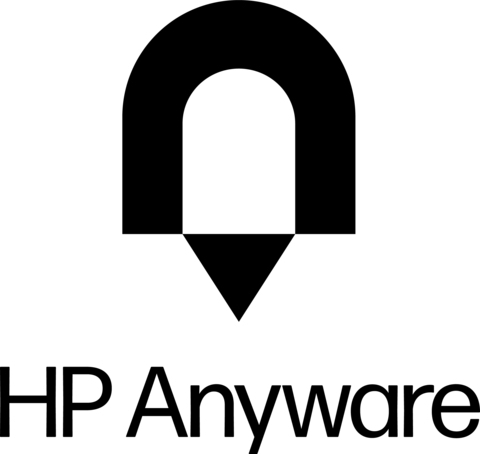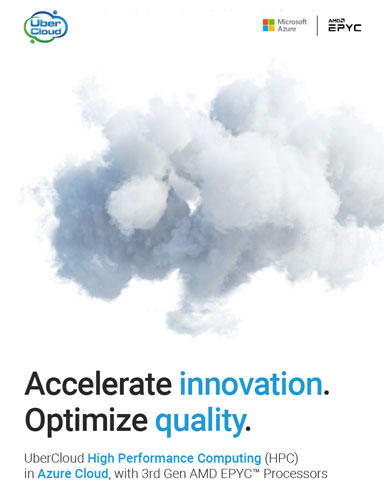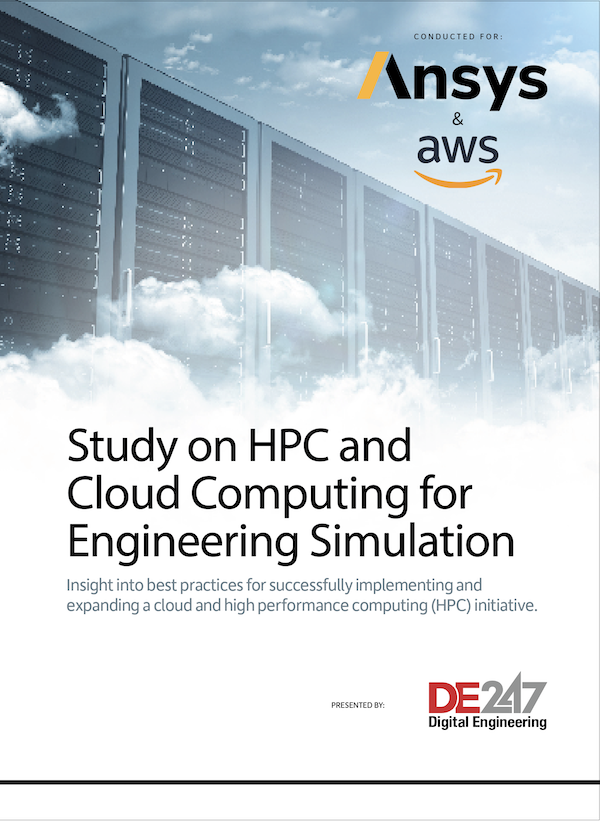Remote Computing Platform Expands Flexibility
New HP Anyware software combines ZCentral Remote Boost and Teradici CAS features.
Latest News
April 26, 2022
HP and Teradici have released the beta version of a new software product for remote and hybrid work scenarios. HP Anyware integrates features of both the HP ZCentral Remote Boost product and Teradici CAS (which HP acquired last year) to provide secure access to digital workspaces from a wide variety of infrastructure combinations.
According to the company, HP Anyware allows users to access cloud, data center, edge, OS, or workstation infrastructure via different types of end-user devices (PC, Mac, laptop, tablet, thin and zero clients), from anywhere.
HP says that HP Anyware leverages the PCoIP protocol to stream interactive desktop displays between hosts and end-user devices, pixel by pixel, so corporate assets can remain securely located in industry-compliant, on-site storage or any public cloud.

“HP Anyware gives CIOs the flexibility to extend secure access to digital workspaces, anywhere their workforce wants to be, with a superb user experience that feels just like they’re in the office,” said Ziad Lammam, Global Head of Teradici Product Management, HP. “IT teams can future-proof their infrastructure today with new capabilities. such as high-performance workforce collaboration and access to macOS environments from the hybrid cloud, with more key features coming soon, including enhanced security with zero trust architectures.”
The software supports both HP and non-HP hardware, and leverages AES256 encryption and multi-factor authentication for security. It also allows screen sharing and has USB webcam support for video conferencing.
General availability of HP Anyware 22.07 beta is expected this summer.
According to Lammam, the company has been planning to offer a product that combined the remote computing capabilities of HP and Teradici since the acquisition.
“The first thing we were working on was to bring the best of both high-performance remoting solutions together under one product,” Lammam said. “It took a few steps to get here. We had offered joint customers access to a joint subscription to both Teradici CAS and ZCentral Remote Boost. Now we have combined that feature set into a single solution.”
The user interface is based on the Teradici CAS product. The combined product includes key features from HP ZCentral, including collaboration, user controls, health monitoring, and some management capabilities such as scheduling on shared workstations. Existing ZCentral users will gain the flexibility of multi-cloud support, optimizations for peripherals, and other features.
“It is really the best of both worlds coming together,” Lammam said.
Both Teradici and HP saw a big uptick in demand for their remote work products during the pandemic. As more people are migrating back to the office, Lammam says that customers are looking for greater flexibility. “What is happening is not about continuing remote work or going back to the office, it is about a new way to work. That new way to work seems to be that people will continue to work from their home offices, but they will also go to their corporate offices for collaboration,” Lammam said.
That has also led to a greater focus on the security of remote work, as well as adoption of more edge and cloud technologies. “Corporations are taking an opportunity to rethink their whole data center construct. As the office space changes, so do their thoughts about how to host workstations and machines,” Lammam said.
Subscribe to our FREE magazine, FREE email newsletters or both!
Latest News
About the Author
Brian Albright is the editorial director of Digital Engineering. Contact him at de-editors@digitaleng.news.
Follow DE





